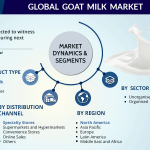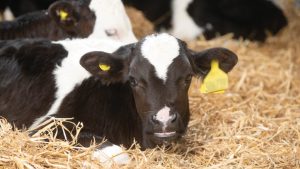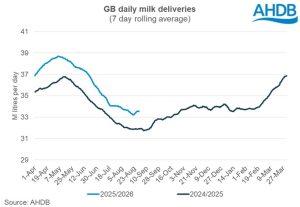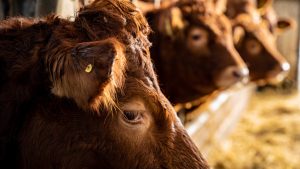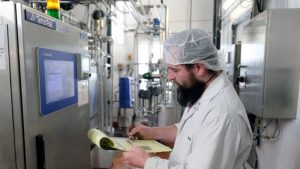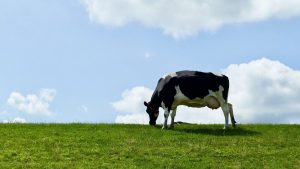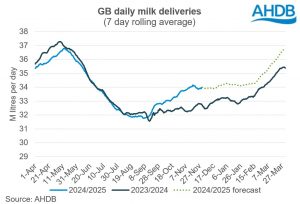
With global milk production growth predicted to be modest through the remainder of the year, it is demand for dairy that will be the main determinant in how pricing develops. In its latest quarterly report, Rabobank highlighted some of the risks to demand which could add downward pressure to market prices.
. A potential slowdown in import demand from China as supplies are bolstered by higher production and growing inventories.
. The cost of holding higher stock levels in the face of global shipping disruptions may curb demand in the long run as costs flow through to higher pricing.
. Further lockdowns could disrupt demand, as government aid to support demand is likely to be lower in the coming year.
Helping to counterbalance this is modest, and potentially lower than expected supply growth across the key exporting regions in the second half of 2021. With rising input costs and some downside risk to farmgate prices, margins will be under pressure and could lead to a slowdown in milk production.
This will have the largest impact on US supplies, where farm margins are much more exposed to feed prices. The expectation is for production to rise by 1.8% year-on-year in the second half of 2021, in contrast to the 2.4% growth recorded for the first half.
Southern hemisphere production is moving into its peak season, and farm finances in Australia and New Zealand are favourable, leading to the prospect of robust milk flows. There remain some weather risks with La Nina conditions developing through the spring, limiting rainfall.
Production in expected to slow in South America due to climate related challenges and rising costs. Meanwhile, the EU is expected to see only limited production gains.
On balance, current market conditions are suggestive of lower commodity prices through to the end of the year, although the drop may be tempered by limited supply growth.


